Eliesa Bollinger has been teaching calligraphy and ceramics at a number of schools for about 30 years. Bollinger wasn’t planning on becoming an art teacher when she got her degree at UCSB, however, her interest in art started at a young age.
“I can just remember taking trips in our car, I always had a little book,” Bollinger said. “I drew in it all the time. I sketched and looked at things. That was kind of my language. I was pretty quiet, I would say, as a kid. That was one way that I could express just any anxiety or happy feelings or anything.”
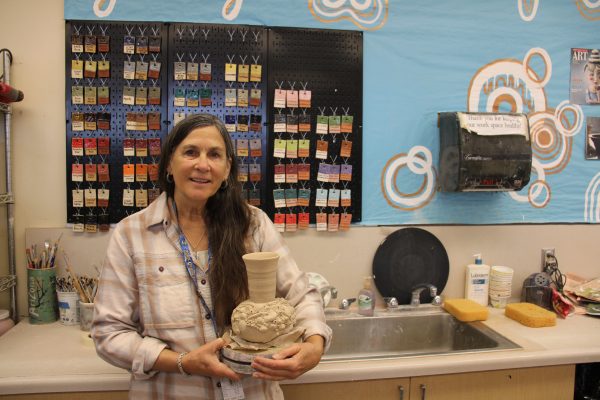
Bollinger started taking ceramics classes in high school, and enjoyed it from the start.
One year her father made her a pottery set for Christmas one year.
“A small, tiny little kiln,” Bollinger said. “Maybe two feet by two feet, and he built me a potter’s wheel that [had] a kick wheel with a big huge piece of cement at the bottom. I wasn’t very successful with that …”
After graduating from high school Bollinger took ceramics classes at the University of Washington, and from there she went to UCSB where she majored in Sculpture.
Bollinger doesn’t only do ceramics, calligraphy is another of her interests. She had also been drawn to calligraphy from a young age. In third grade she learned cursive, which helped calm her mind, and her parents gave her Montblanc pens which she used to draw and write with.
When she was 22, Bollinger took classes from Roger Mark who taught one of the first adult ed calligraphy classes, a type of program where working adults take classes at a college or university. Bollinger studied with him before taking private classes. After improving in calligraphy, she went on to teach a design class at City College.
After Bollinger got her degree in sculpture, she went to her painting teacher for advice before starting her career.
“[My painting teacher] said … [to] move to New York City and become a painter,” Bollinger said. “I was like, ‘Well, my parents aren’t going to support me to go live in New York City and be a painter, so what would be a choice for me to do?’ And she said, ‘why don’t you just get in the teaching program here and become a teacher?’ So I thought, ‘That sounds okay. You know, I like that’, so that’s what I did.”
Bollinger attended the UCSB teacher training and her first assignmen
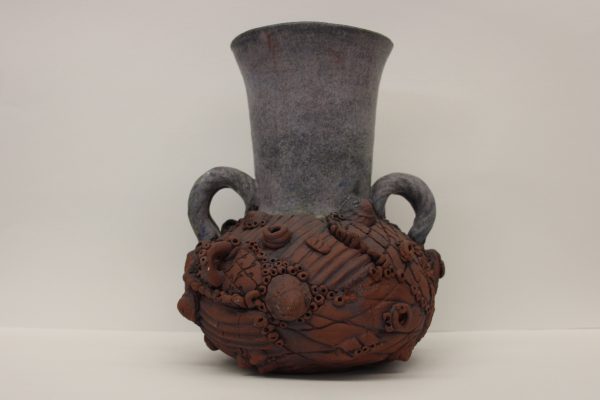
t was to shadow jewelry teacher, Sara Carr, for her pre-professional.
When Bollinger started teaching at Dos Pueblos, it was also known as “hippie high” because of the many art classes that were offered. DP’s ceramics class used to be a lot different than they are now. When Bollinger first started teaching, there was a big gas kiln in the back room along with a large clay recycling machine. There was also a room dedicated to mixing glazes, where students learned the chemistry necessary to create their own material.
Currently, Bollinger gathers most of her inspiration from the natural world, creating press molds and sprigging from natural materials.
“I have some things in a show in the Legacy Gallery down on State Street right now,” Bollinger said. “I’ve used … my grandmother’s lace, rolled it into clay and then applied it to the clay to make textures.”
For Bollinger, the fun of making pottery is in the risk and reward that comes with it.
“You have to use concentration. It’s fun,” Bollinger said. “It teaches you to take risks, especially kids that want to throw on the wheel and, you know, I see some kids, they just get so frustrated … but … I think those are the lessons that we learned, that you try, you fail, you try again, and … you have to have really good … concentration, but it doesn’t have to be that long.”



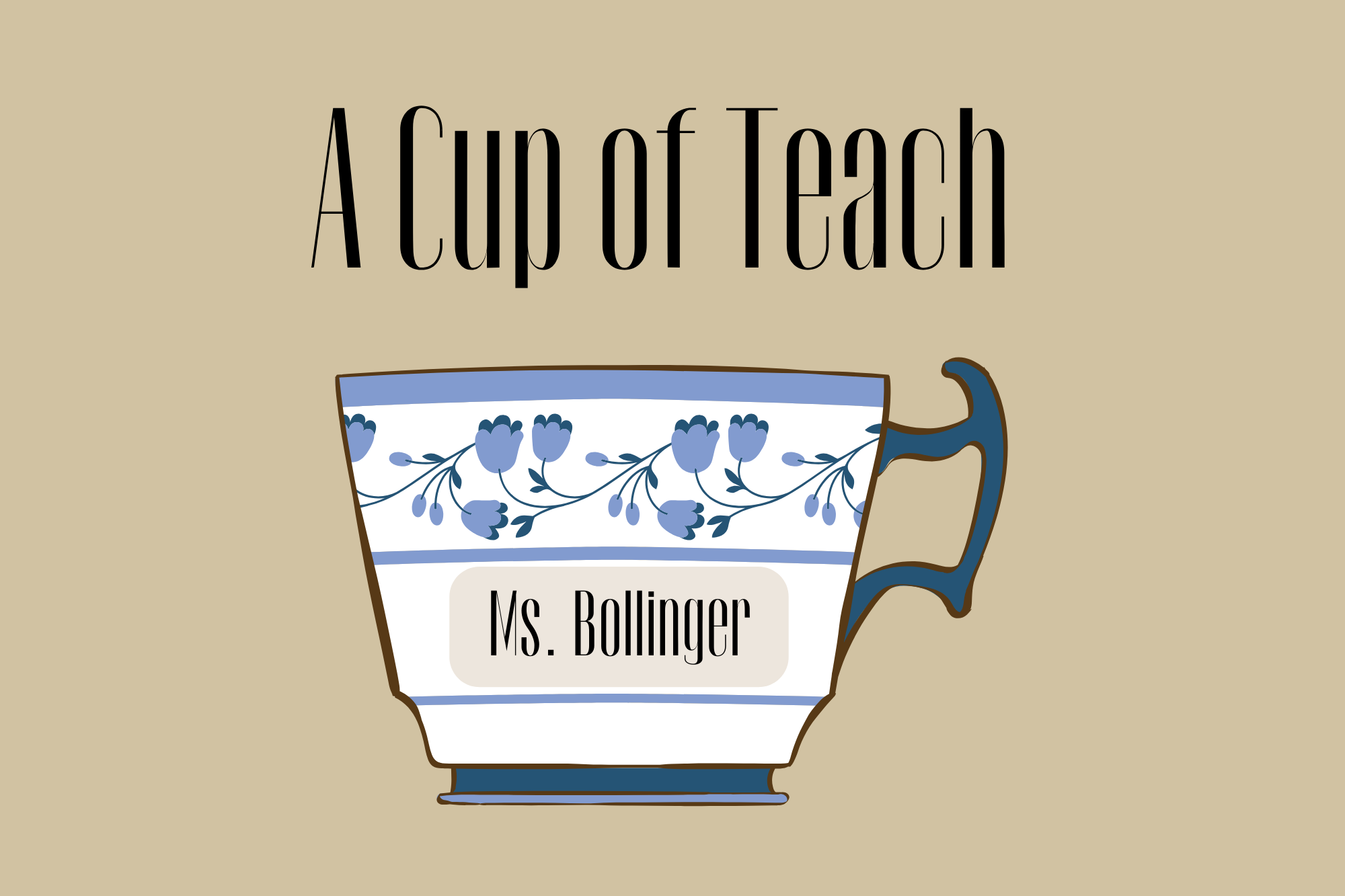
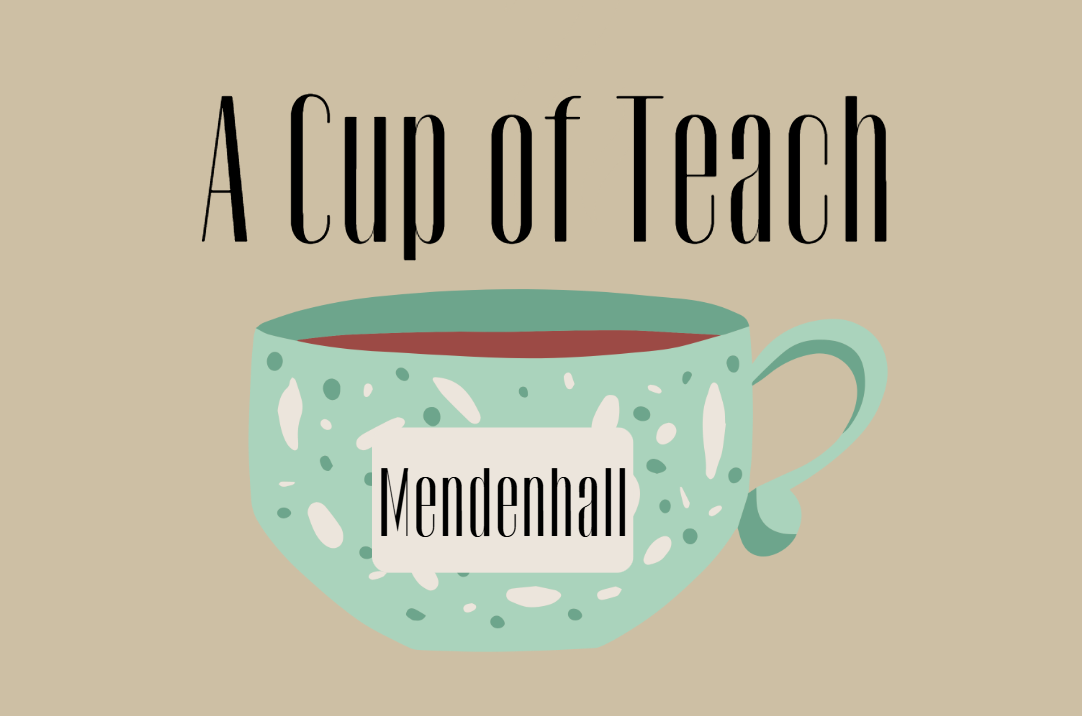
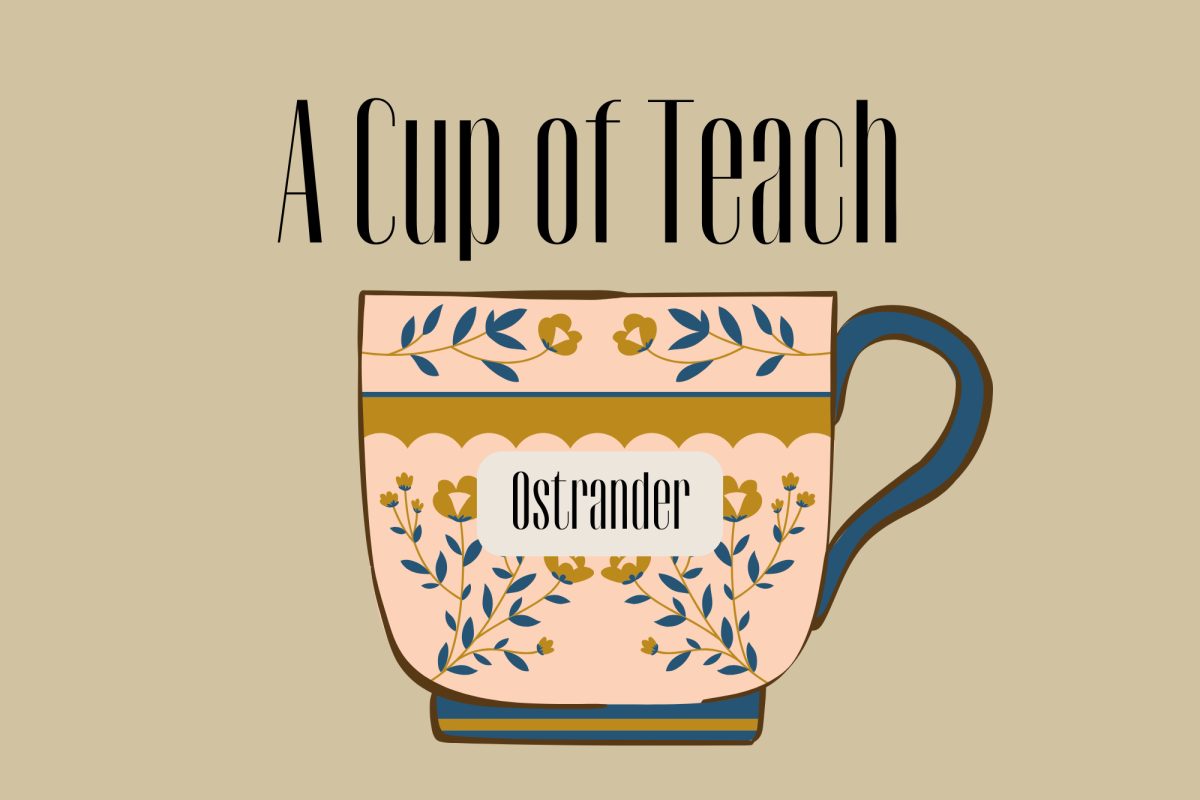
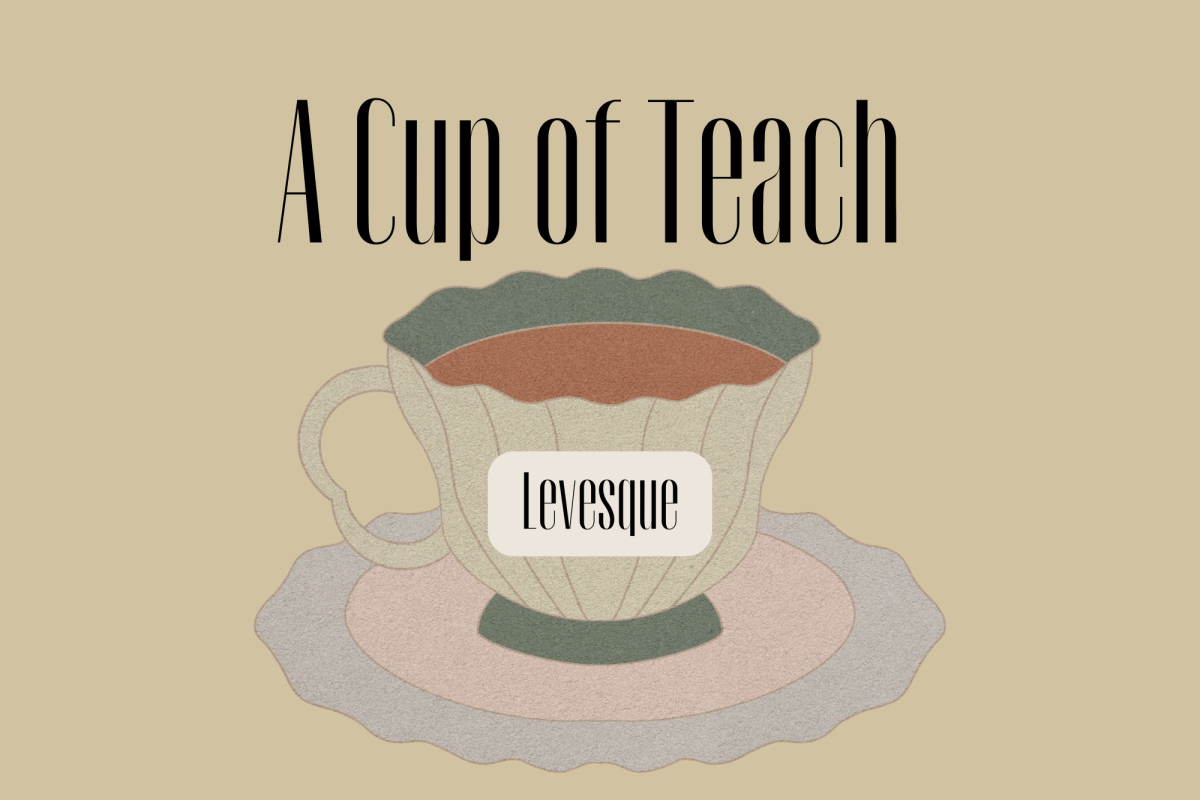
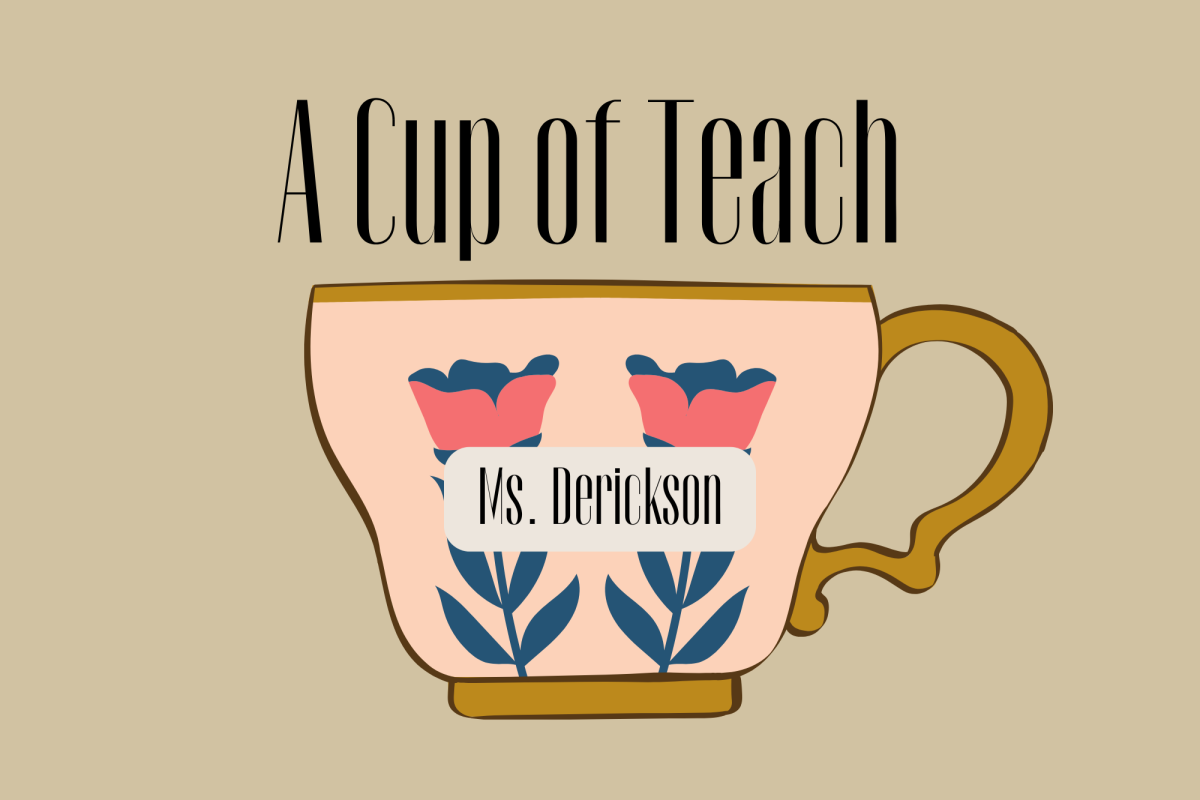
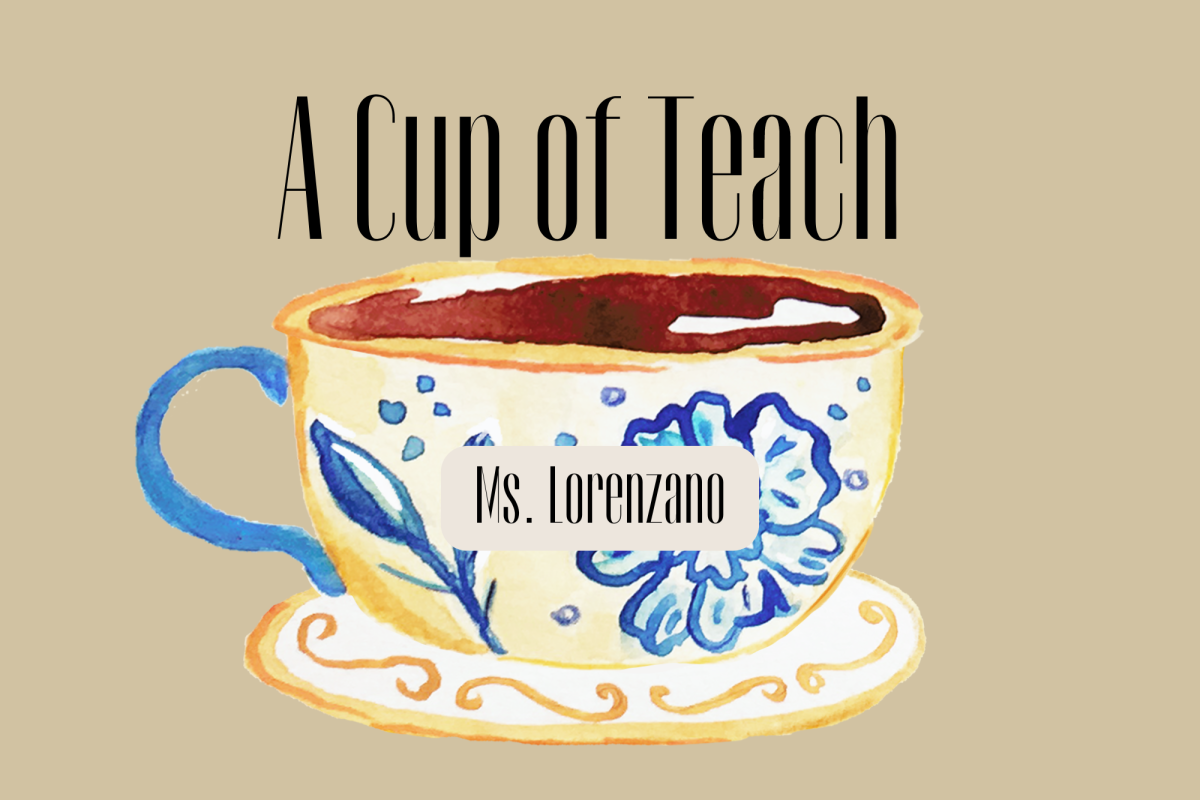
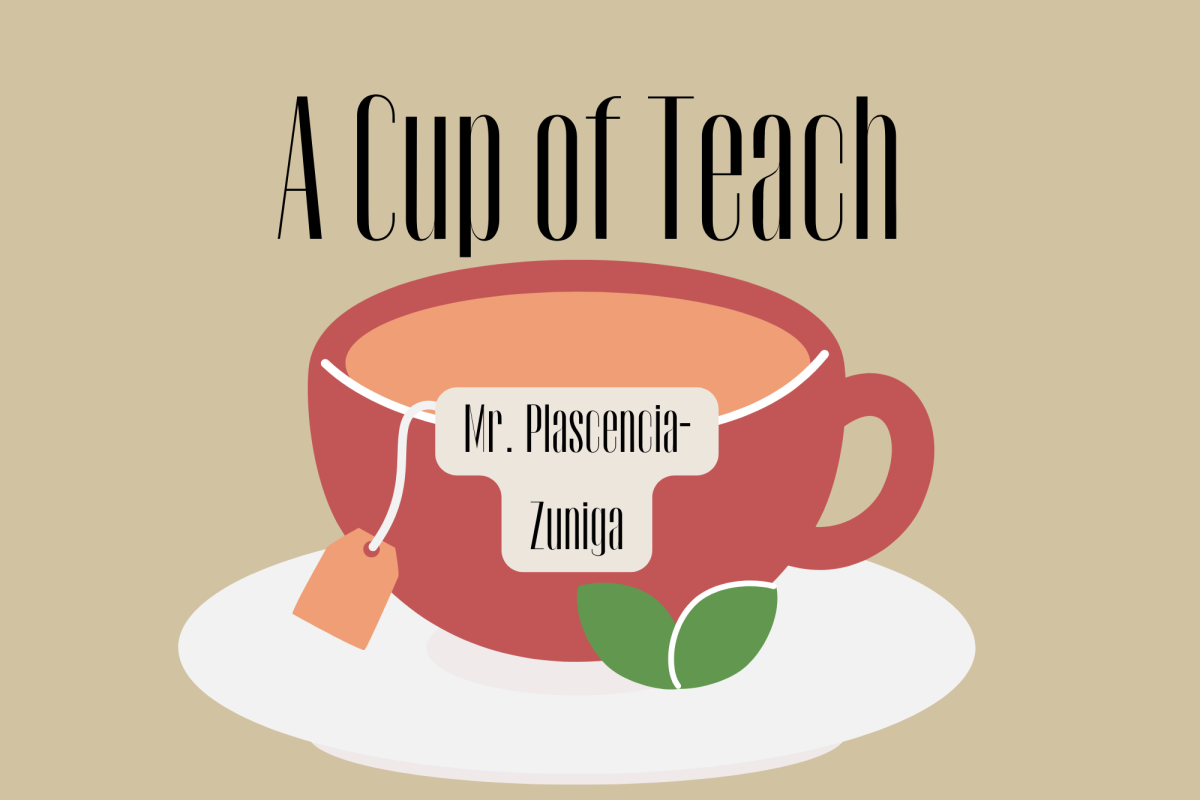
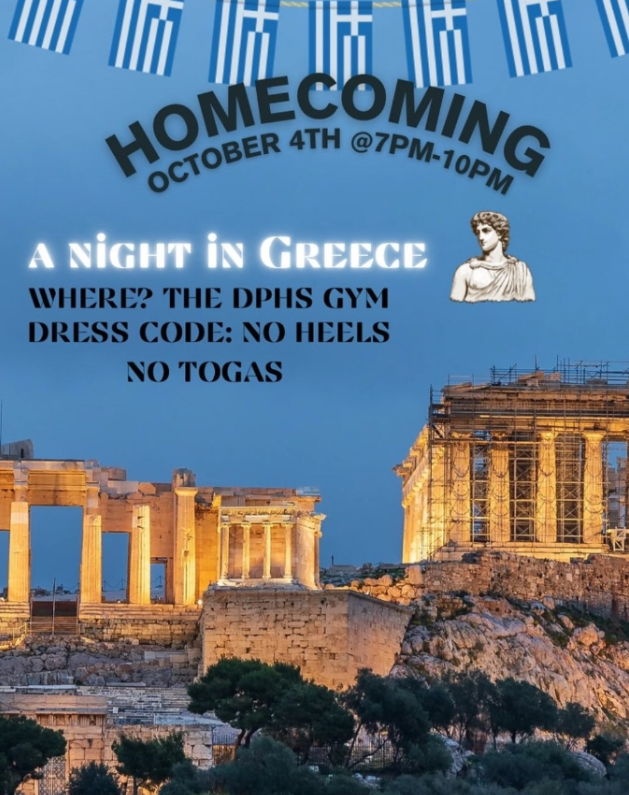
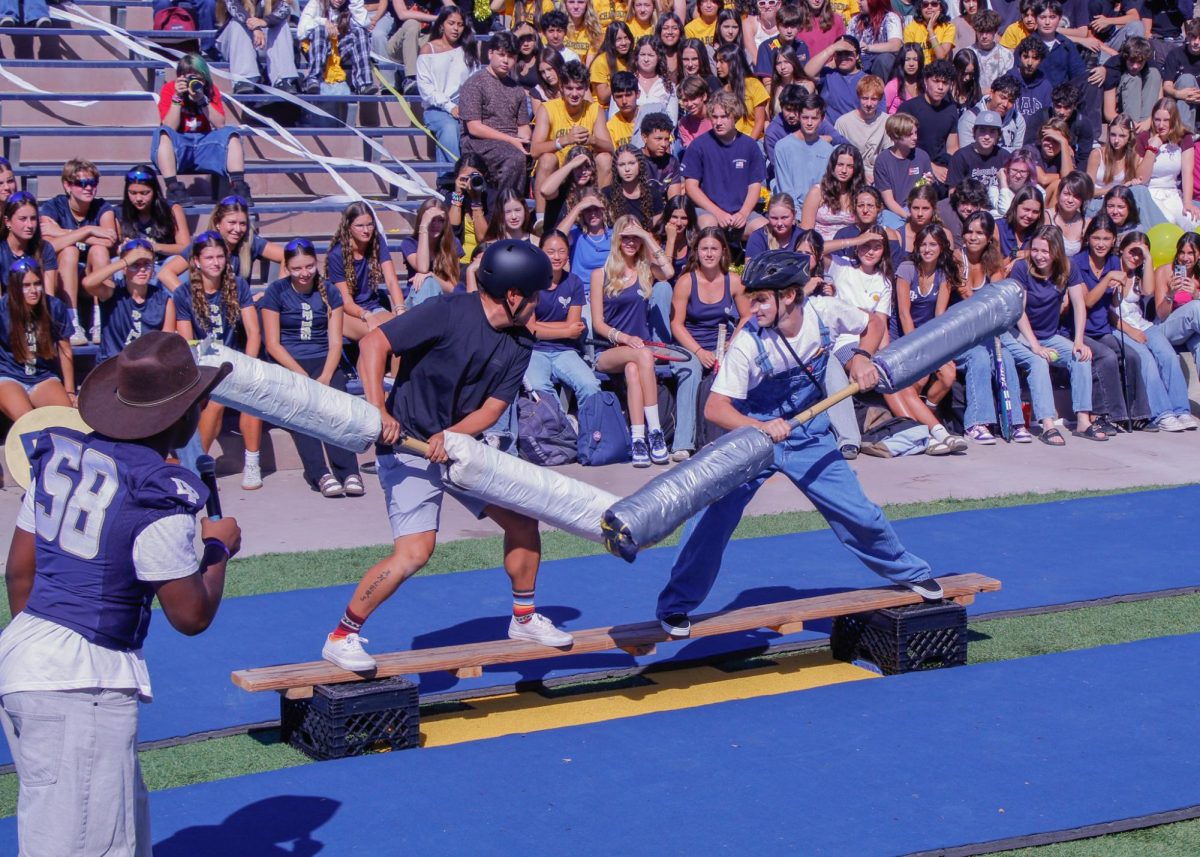
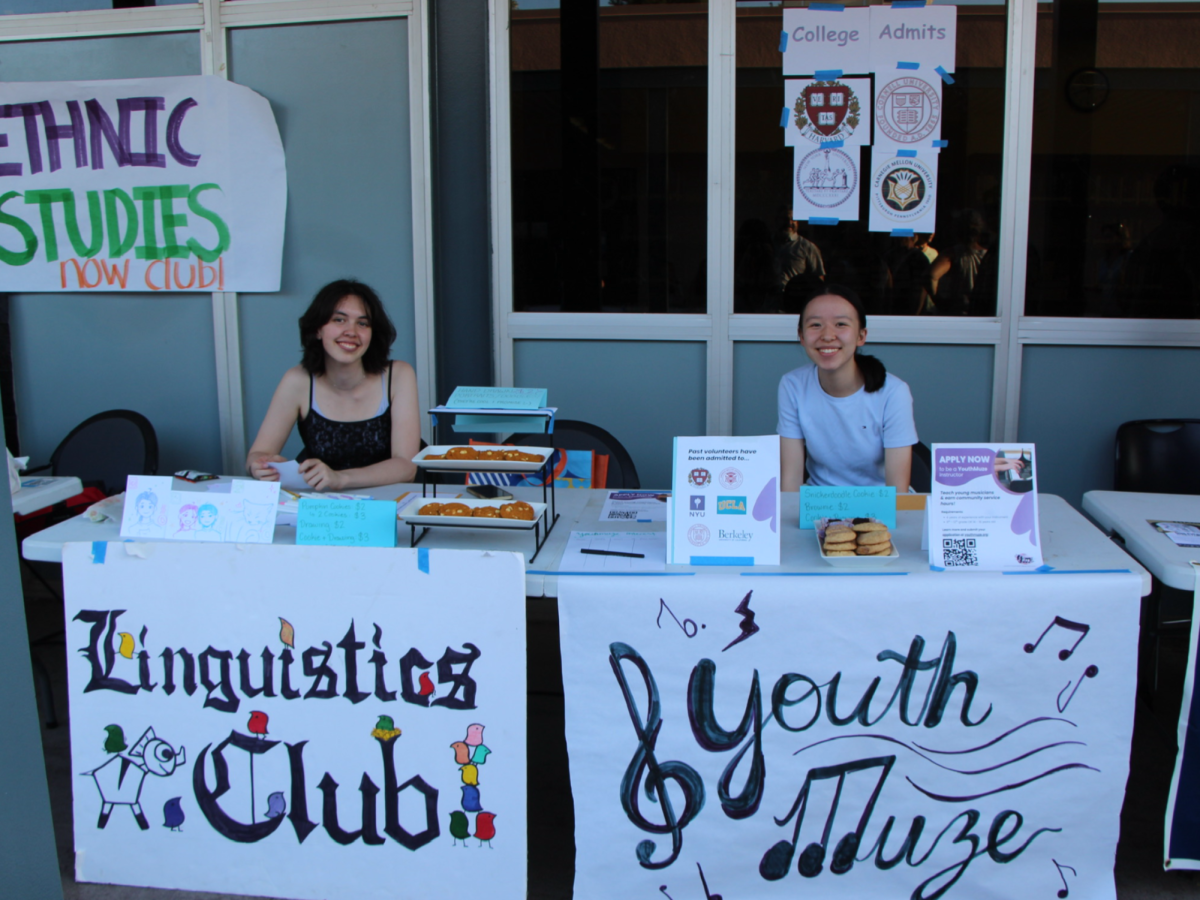
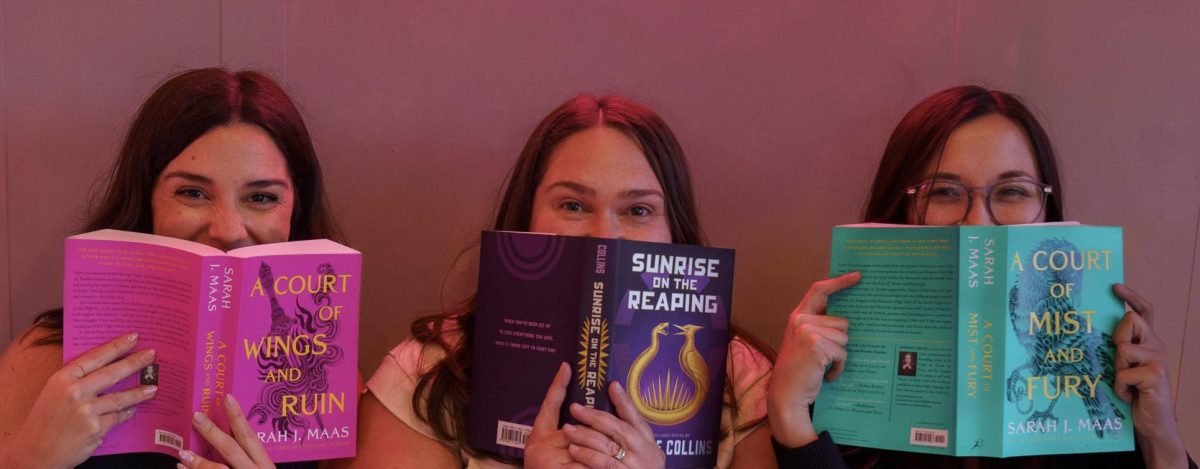
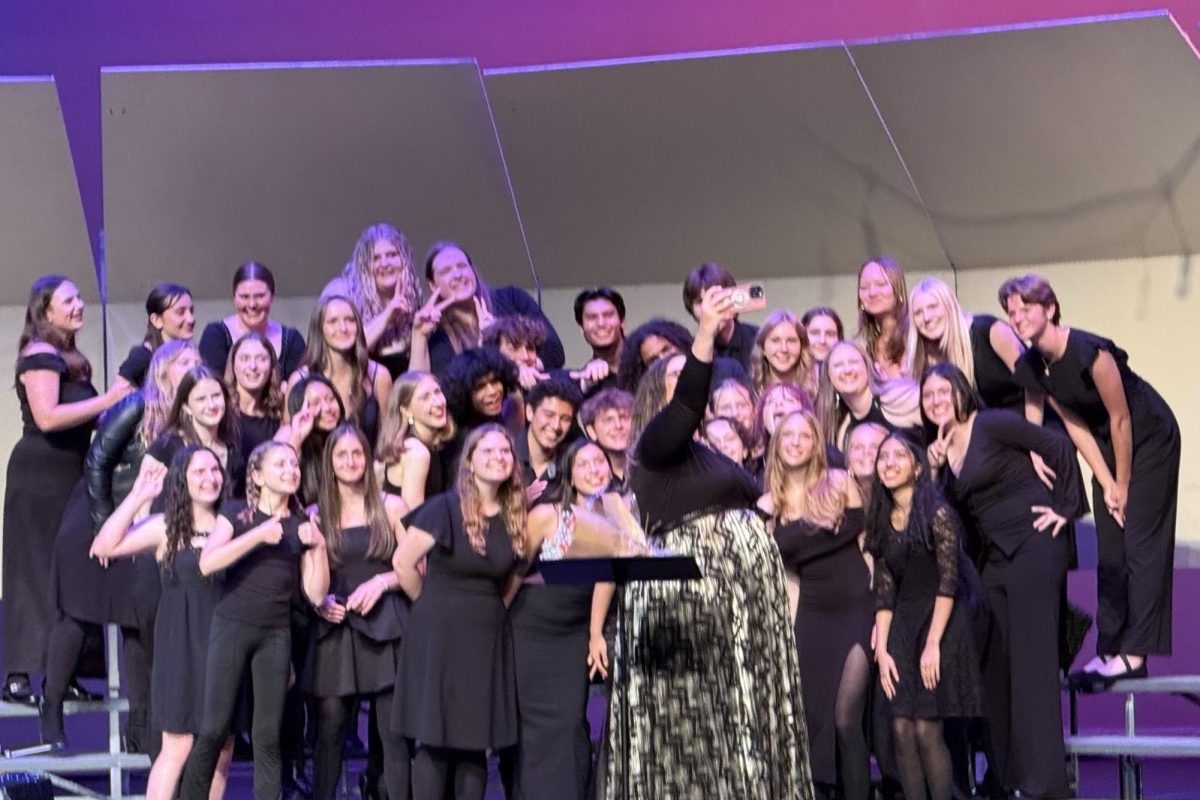
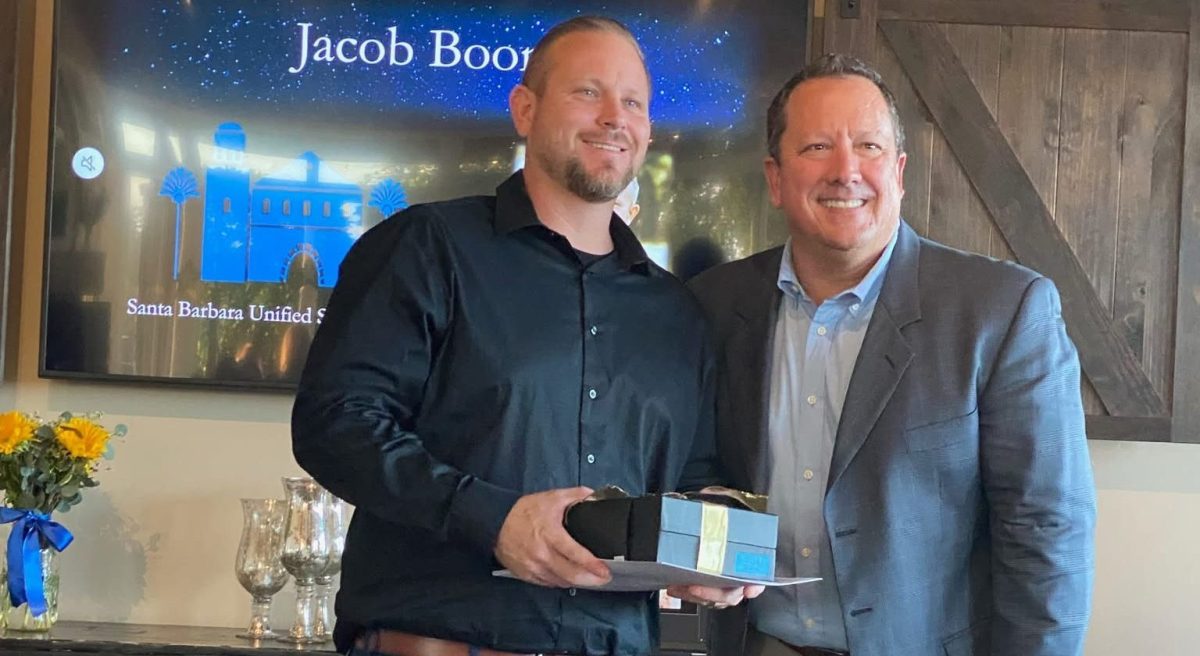
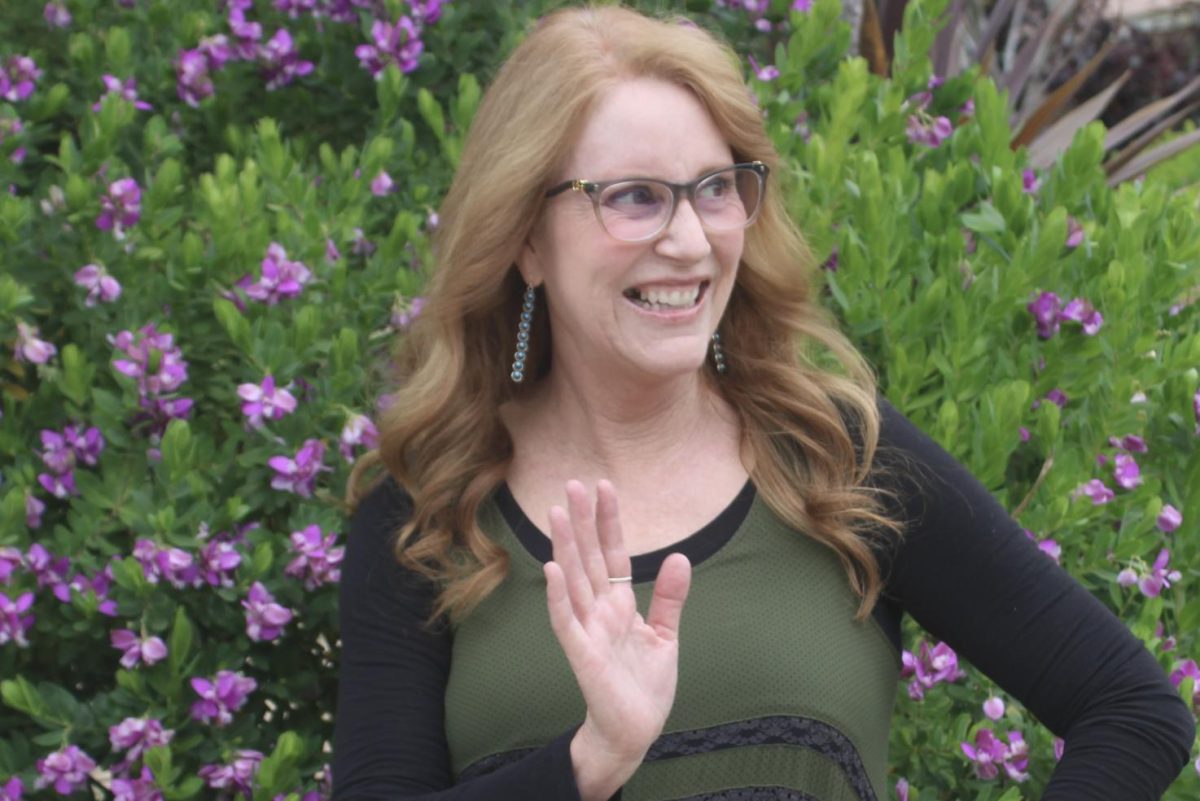
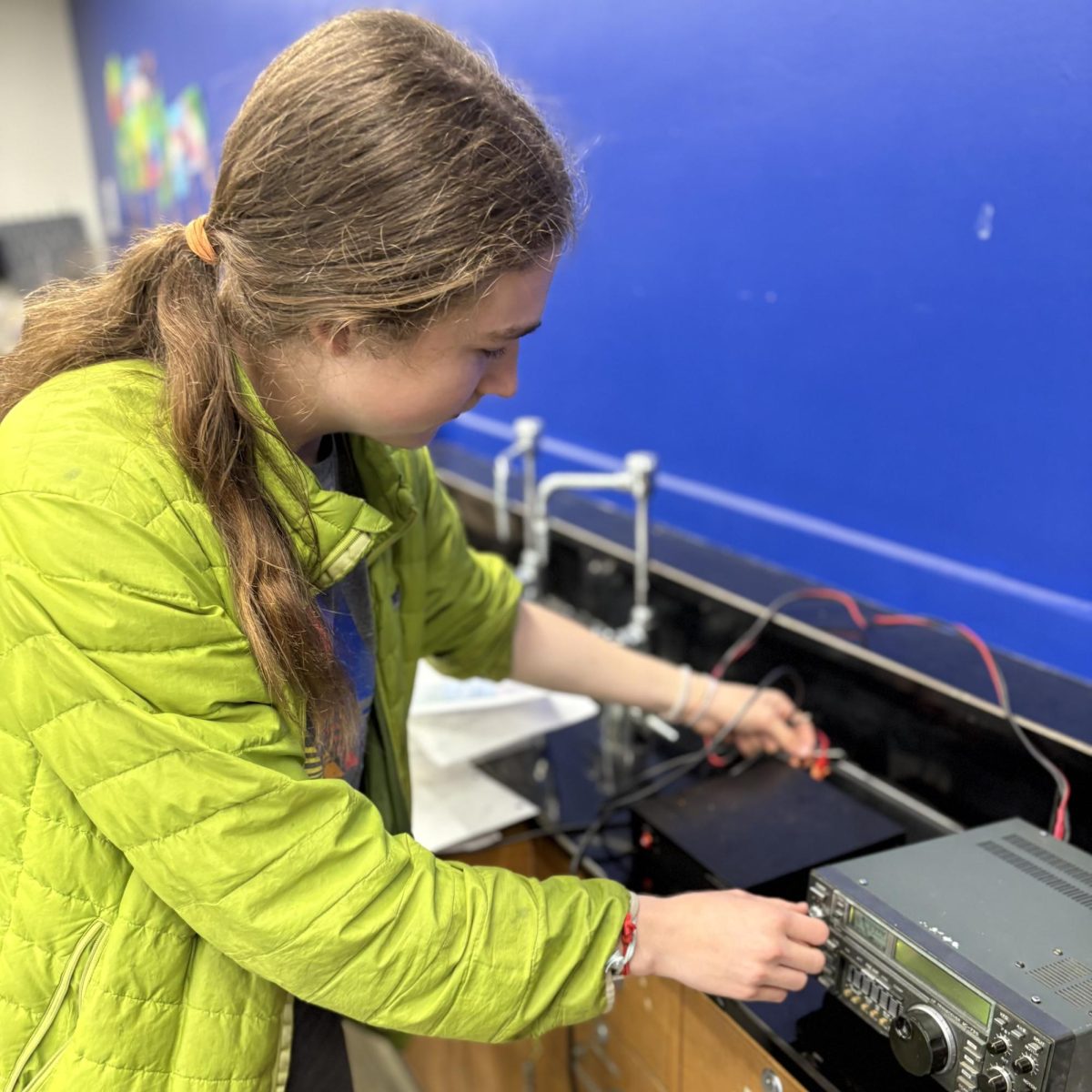

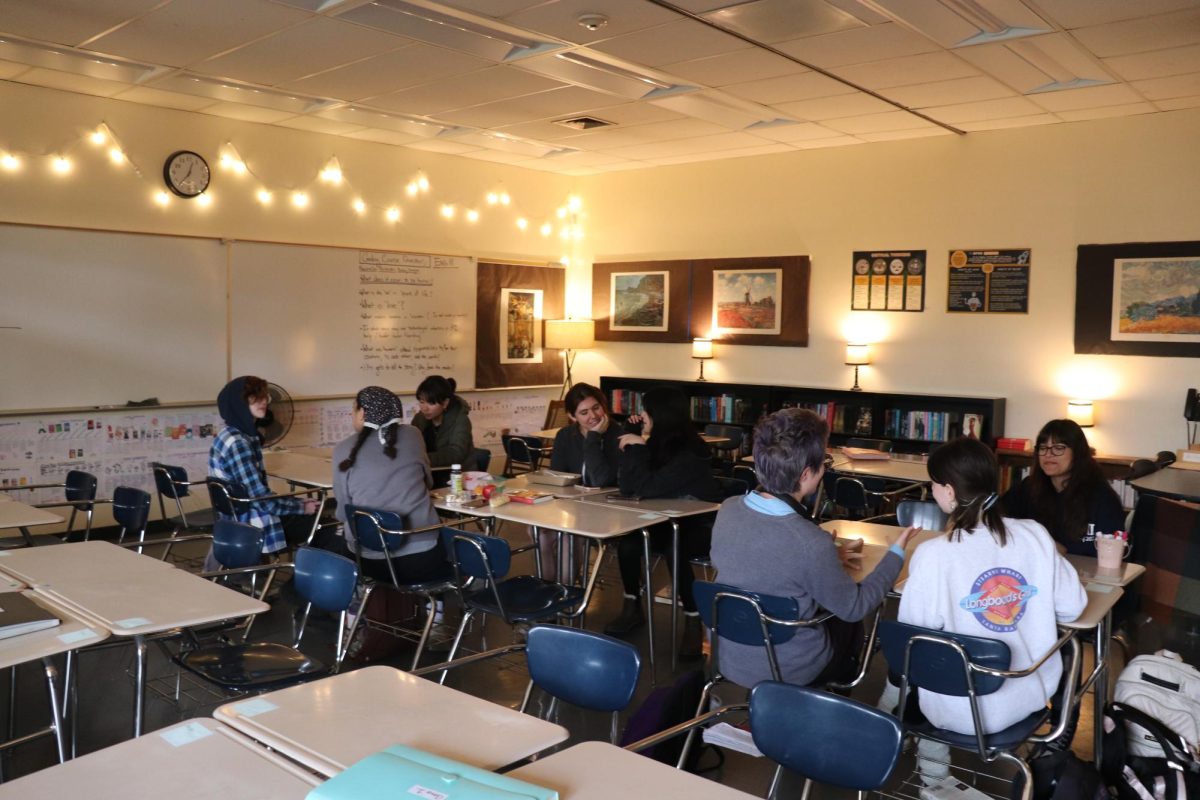
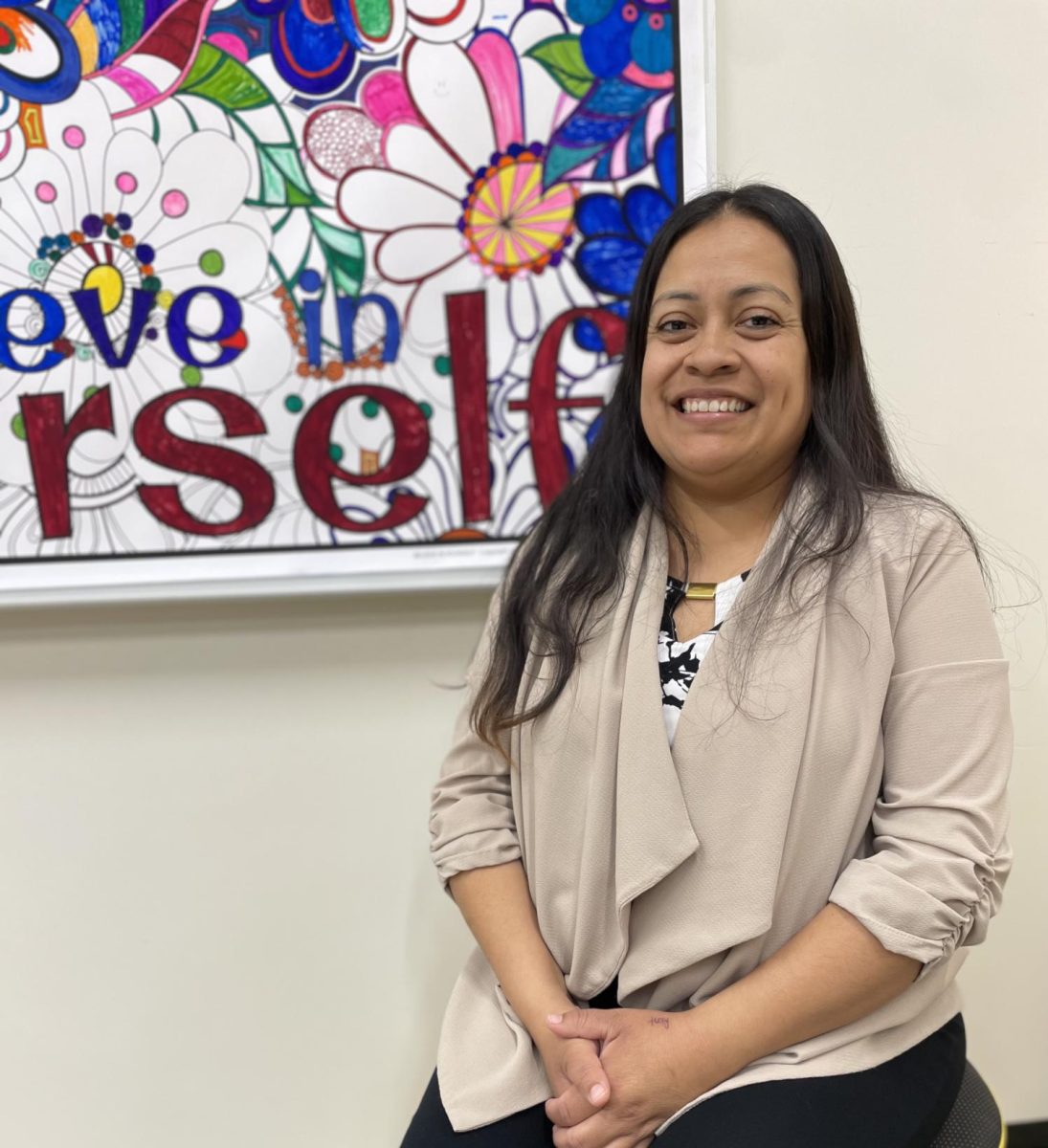

Erin Fletcher • Dec 13, 2023 at 3:19 pm
Great article!